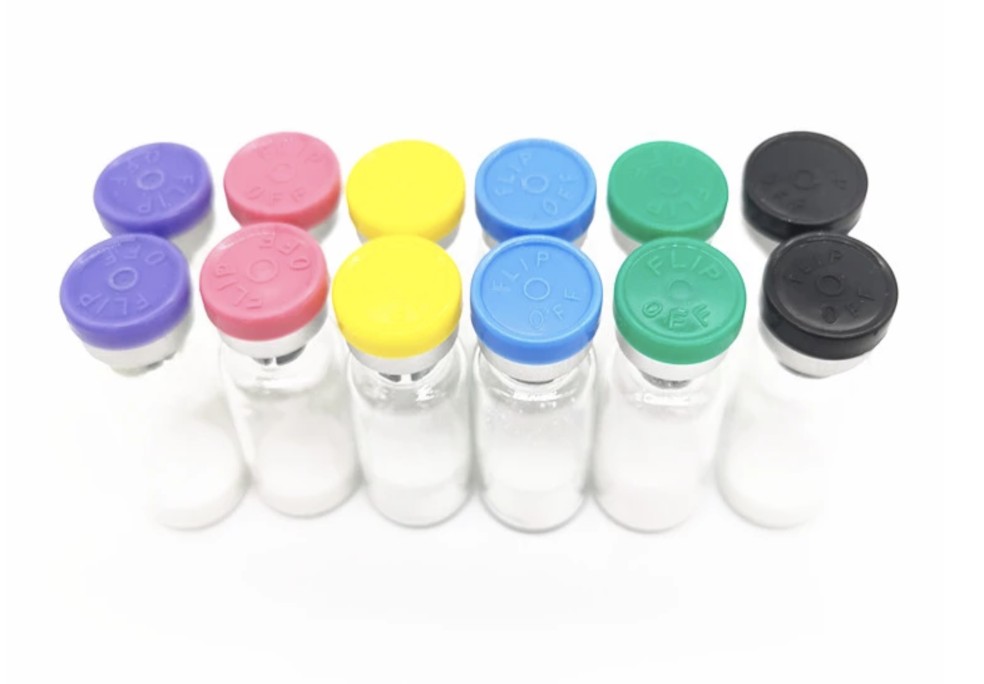Produk Naam:Vapreotied,Oktastatien,Vapreotied
Volgorde: D-Phe-[Cys-Tyr-D-Trp-Lys-Val-Cys]-Trp-NH2
Alias:Sanvar,RC-160;VAPREOTIDE;D-PHE-CYS-TYR-D-TRP-LYS-VAL-CYS-TRP-NH2; Oktastatien;
FCYWKVCW-NH2;D-Phe-L-Cys(1)-L-Tyr-D-Trp-L-Lys-L-Val-L-Cys(1)-L-Trp-NH2;
Cas No.: 103222-11-3
Molekulêre Formule: C57H70N12O9S2
Molekulêre gewig: 1131.40
Reinheid (HPLC): 98.0%
Voorkoms: Wit poeier
Enkele Onreinheid(HPLC): 1.0%
Aminosuur samestelling: 10% van teoretiese
Peptied inhoud(N%): 80%(deur %N)
Waterinhoud(Karl Fischer): 6.0%
Asetaat inhoud(HPIC): 15.0%
Massabalans: 95.0~105,0%
Graad : Farmaseutiese Graad
Berging: Gesluit, hieronder 2 ~ 8℃ bewaring
Gebruik : Die middel kan gebruik word vir die behandeling van vroeë akute esofageale variceale bloeding (EVB) en endoskopiese intervensionele terapie voor hemostase, kan ook binne-in bloei 5 d lens vir die behandeling en voorkoming van herhaling na endoskopiese.vapreotied asetaat sal die enigste goedgekeurde behandeling vir esofageale variceale bloeding in die Verenigde State wees.
Variceal bleeding is a life-threatening complication of portal hypertension. The recommended treatment includes the early administration of a vasoactive drug. Vapreotide is a somatostatin analogue with a different receptor affinity to octreotide. It decreases portal pressure and blood flow of collateral circulation in rats with cirrhosis. The pivotal study of early administration of vapreotide in patients with cirrhosis and variceal bleeding has shown a significant improvement in bleeding control and, in the subset of patients with significant bleeding, a significant reduction in mortality. Daarby, a meta-analysis of four randomized studies has shown a significant improvement in bleeding control. Vapreotide administrated via the intravenous route is simple to use, with practically no contraindications and few, usually minor, side effects.
The immediate release formulation of Sanvar, a somatostatin analogue, is used in the treatment of acute esophageal variceal bleeding (EVB).Sanvar is used prior to endoscopic intervention to control haemorrhage and prevent re-bleeding during the critical five days following the onset of bleeding. EVB is a life threatening condition and the mortality rate is high (about 15% aan 25%) in the first six weeks following the haemorrhage. EVB is the cause of about 70% of gastro-intestinal bleeding in patients suffering from liver cirrhosis.






















